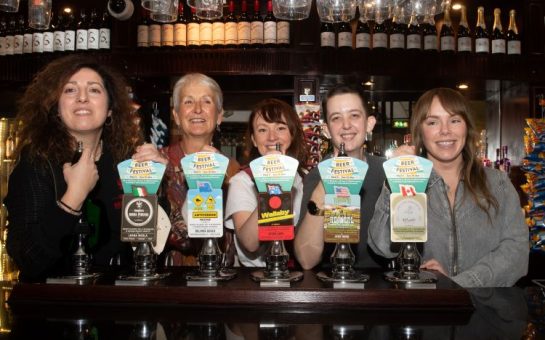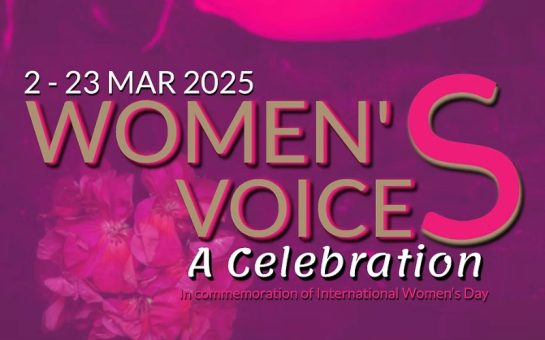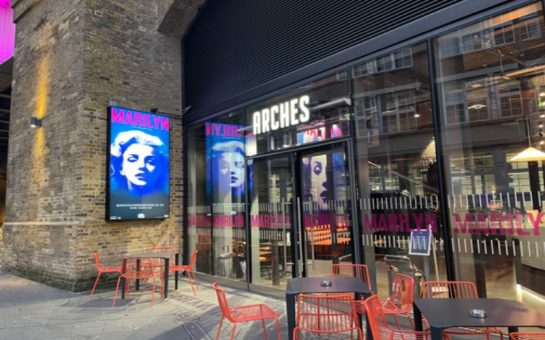![]() By Catriona Graffius
By Catriona Graffius
January 22, 10:30
Follow @SW_Londoner
A young woman with pale eyes and nut-brown hair looks into the distance. Her lips are parted, her arms folded in her lap.
Hans Holbein II’s sketch of Cicely Heron, daughter of Sir Thomas More, bears all the hallmarks of the famous Tudor painter: a sense of immediacy and intimacy, a masterfully observed study of character, but look carefully and you’ll find the real story behind the 500-year-old drawing.
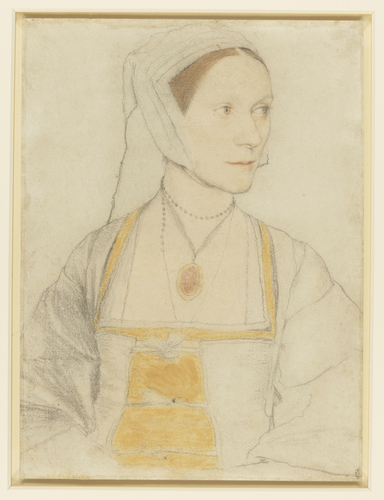
Tight white ribbons hold Cicely’s dress together. Her stomach gently swells below her bust. She is pregnant.
This sketch from the Queen’s Royal Collection Trust takes centre stage in the first ever exhibition exploring portraits of pregnant women over 500 years.
Portraying Pregnancy: From Holbein to Social Media will open at The Foundling Museum this January.
The show examines the fears and joys of pregnancy and how these emotions are depicted in art over five centuries.
It also uncovers the lengths often taken by artists, women, and historians to cover up pregnancies in portraits.
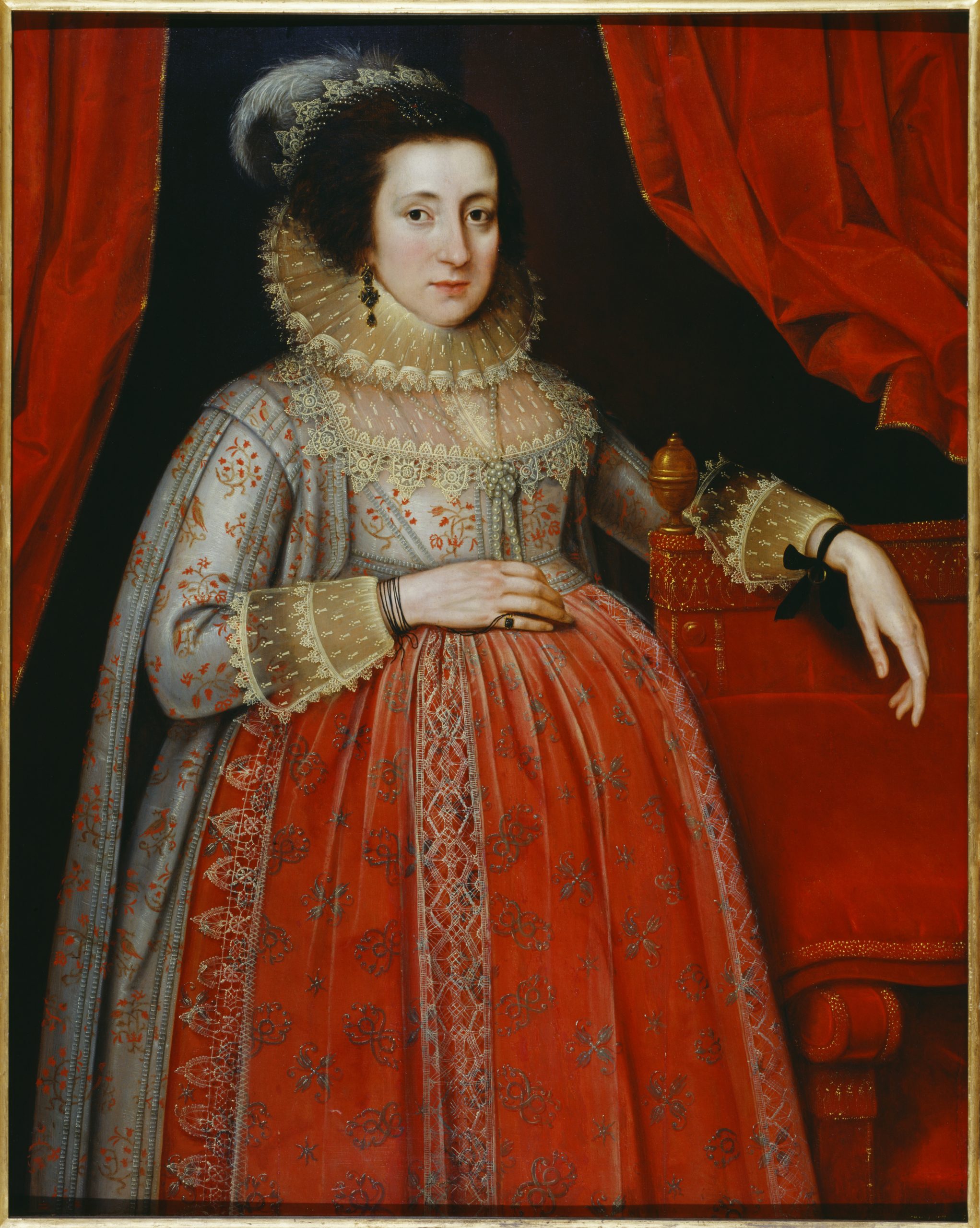
‘Concealment was all’
Exhibition curator Professor Karen Hearn has spent two decades researching pregnant women in art.
“Given how often women were pregnant during their married life, it would be natural for there to be more portraits of pregnant women than there seem to be,” Prof. Hearn says.
When the curator began researching the subject, she was certain there were more portraits of pregnant women than recorded.
“I worked for so long on this topic and I would have a suspicion that a woman was pregnant in a portrait.
“But how do you tell?” she adds.
One way was to methodically match records of when paintings were completed with birth records.
Slowly, portrait by portrait, she began unravelling the stories of expecting women.
In numerous portraits the sitters’ pregnancies were simply ‘airbrushed’ out.
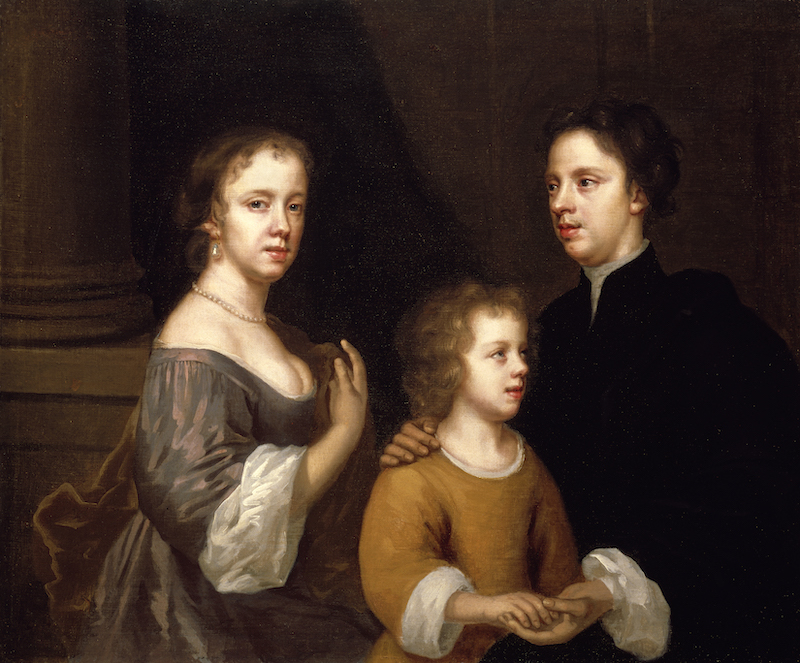
But why ignore one of life’s most natural conditions?
“I am of the age when talking about pregnancy was not quite delicate,” Prof. Hearn explains.
“It’s hard to convey what it was like. Being pregnant was evidence that a woman had engaged in sexual activity. It wasn’t considered quite nice.”
The attitude of hiding a woman’s pregnant body for artistic or ‘tasteful’ purposes is a recurring theme in the exhibition.
In a mezzotint after Joshua Reynold’s ‘The Honourable Mrs Parker’ there is no hint that the sitter is expecting.
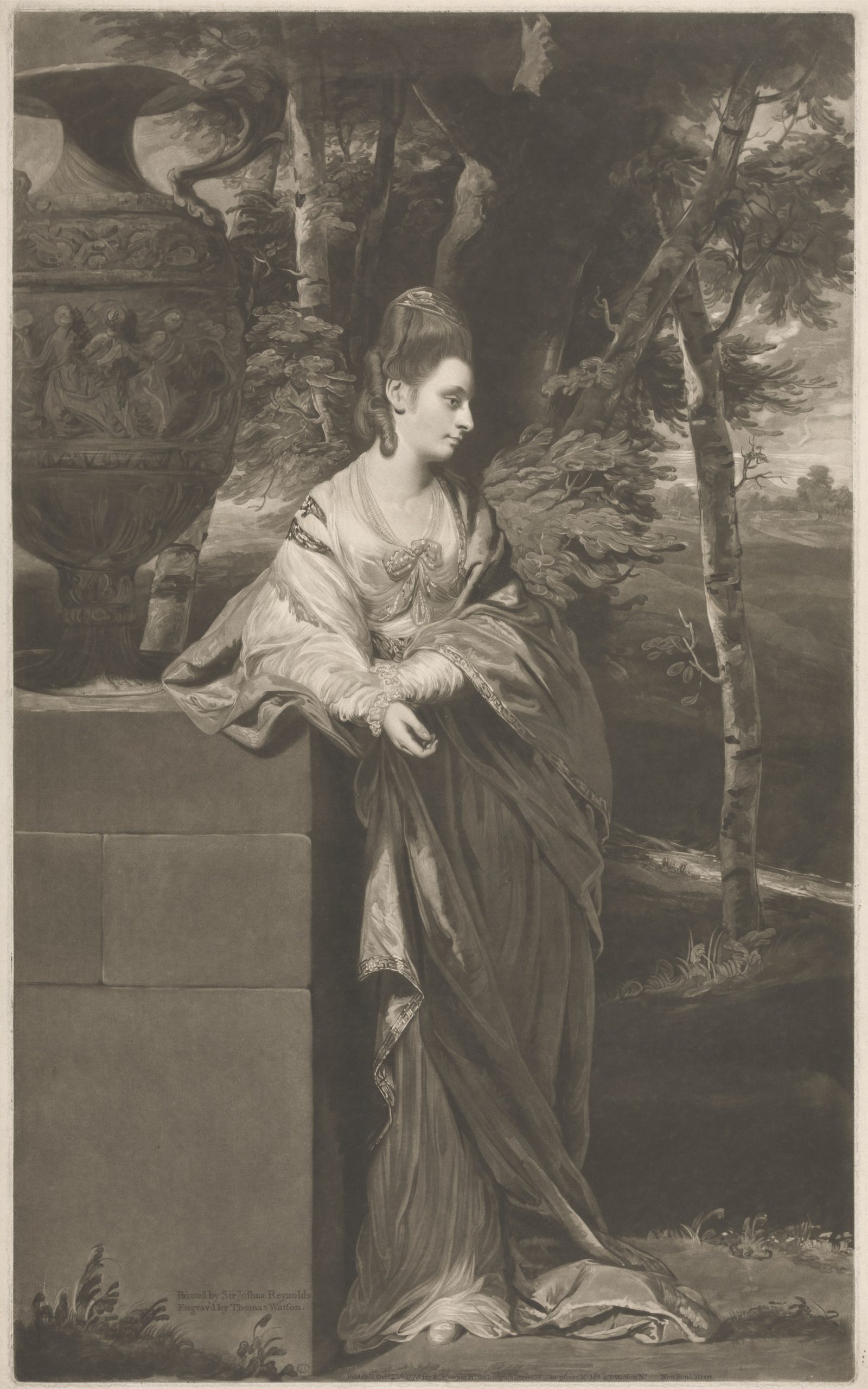
But letters written by both Theresa Parker and her husband confirm not only that she was pregnant (‘I am quite fat’, she beams in one letter) but that the artist was happy to edit it out.
Centuries later, fashion photographer Cecil Beaton played the same trick when photographing Leslie Carron.
While he couldn’t paint out her bump, the photographer could hide the actress’ seventh month pregnancy in copious amounts of red Japanese silk.
“Concealment was all,” Leslie Carron later admitted.
‘Gazing at mortality’
Another theme that runs through the exhibition is how the portraits reflect the fears surrounding pregnancies.
“The whole thing that permeates the show is the anxiety and reality around childbirth,” says Prof. Hearn.
The exhibition features an ‘incredibly rare’ portrait of Augustus John’s wife, Ida, cheerfully showing off her first pregnancy.
Ida, who had five sons in six years, is one of a number of women depicted in the exhibition who died in childbirth.
The show ends with Annie Leibowitz’s iconic photographs of Demi Moore and Serena Williams proudly showing their pregnant bodies for the cover of Vanity Fair.
But even with today’s medical advancements, the anxieties persist.
In an interview after the birth of her first child, Serena Williams’ revealed she almost died from a pulmonary embolism, blood clotting in the lungs, the day after she had an emergency c-section.
“We think we have got everything under control,” says Prof. Hearn, “but it’s one of those moments where you are gazing at mortality.”
The beautiful and the unfamiliar
Prof. Hearn admits she is excited for the start of the exhibition, saying visitors will have a rare chance to look at ‘beautiful’, ‘extraordinary’ and ‘unfamiliar’ things.
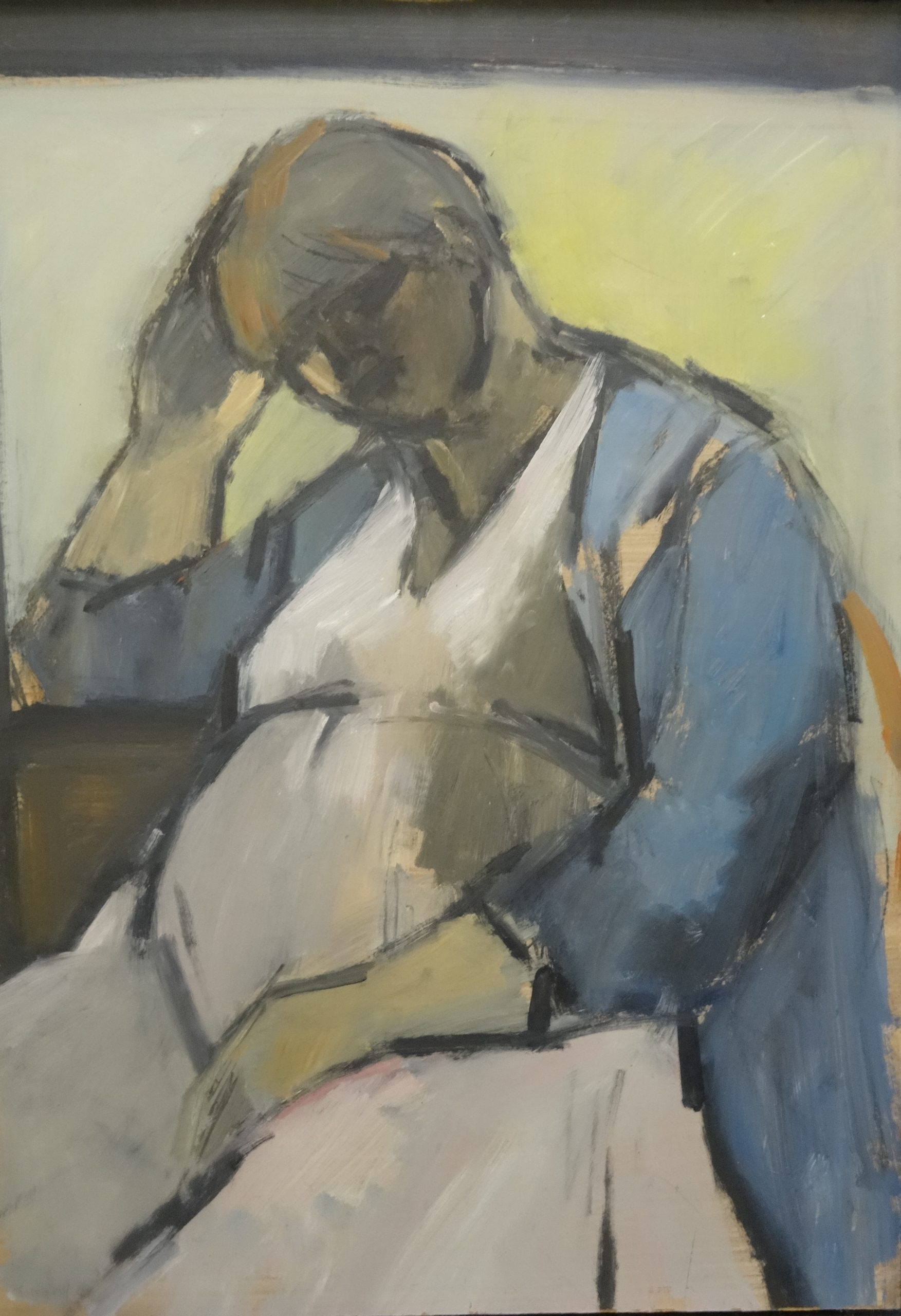
As well as paintings, rare objects and photographs will be on display.
The Foundling Museum director Caro Howell said: “The Museum is proud to be able to present this seminal exhibition, showing portraits of pregnant women (whether visibly so or not) from the past 500 years; it forms part of the Foundling Museum’s ongoing programme of exhibitions that reveal previously hidden aspects of British social and cultural history.”
In fact, the show is one in a growing number that focusses on female artists and their bodies.
The Richard Saltoun Gallery in Mayfair features an exhibition called Maternality: Part 2 this month which looks at more abstract and visceral representations of motherhood.
Intriguingly, research by the Freelands Foundation also shows 55% of solo exhibitions in London’s non-commercial galleries featured female artists in 2019, a rise of 16% from 2017.
When asked what she hopes visitors will gain from this exhibition, Prof. Hearn replies immediately.
“I want people to think about women’s history in a different light,” she says.
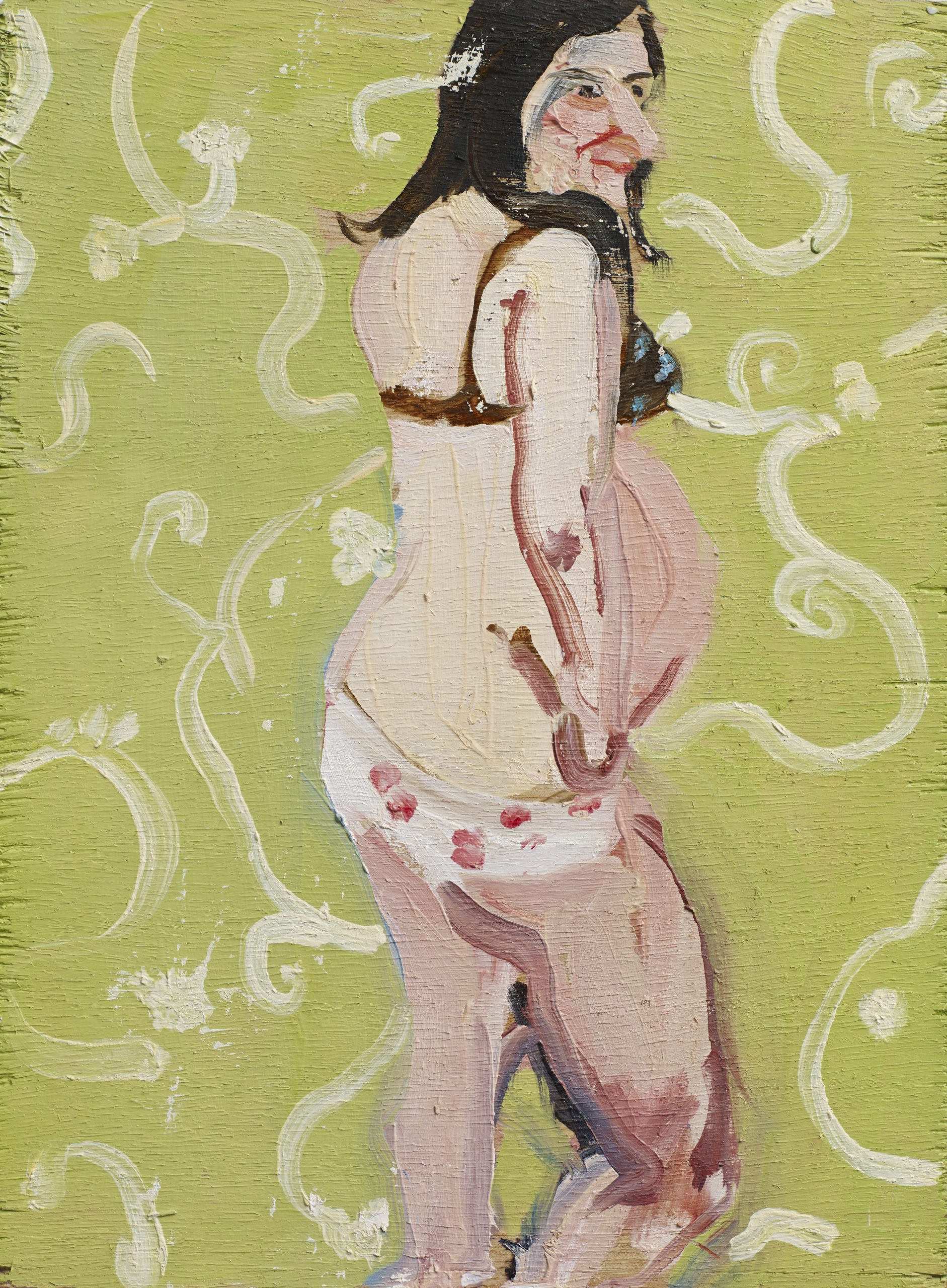
“The women in these paintings conducted their lives with the effects of pregnancy and just got on with it. They are making history while pregnant.
“In a way, I feel that the moment for this exhibition has come,” she adds.
And about time it is too.
Portraying Pregnancy: From Holbein to Social Media will open on 24thJanuary until 26thApril and is free with museum admission.
Prof. Karen Hearn’s book of the same name will also be on sale.
